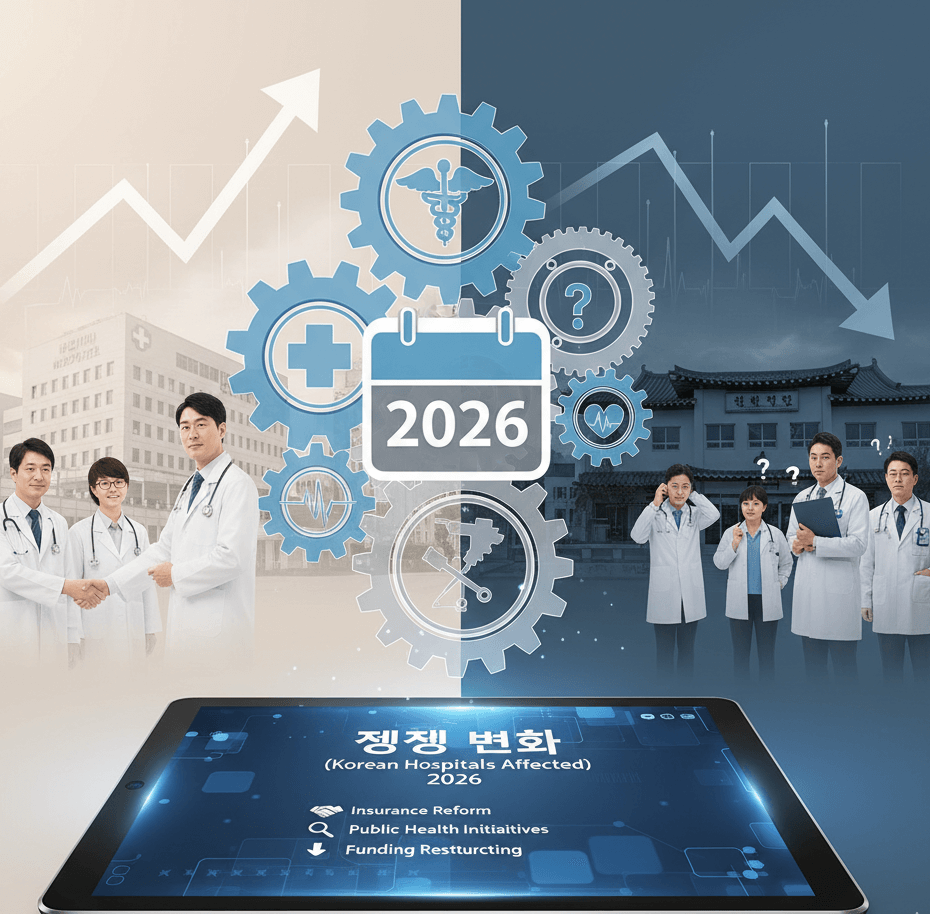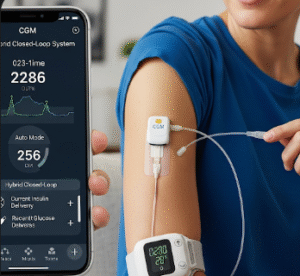South Korea’s transformation into a powerhouse of medical technology didn’t happen overnight. It reflects decades of strategic alignment among government policy, science infrastructure, industrial development, and healthcare demand. Today, Korea is not just a regional leader—it’s shaping medical innovation across Asia and beyond. Below is how Korea built this status and what makes it a lasting hub.
1. Strategic Government Vision & Policy Support
Korea’s rise in medtech began with deliberate national planning. The government long recognized the potential of health and biotech as future growth engines. With that in mind, it has:
- Designated the health / biotech sector as a core industry, integrating biotechnology (BT), information technology (IT), and nanotechnology (NT) into a unified policy agenda.
- Created specialized zones and innovation complexes—such as the Osong Life Science Complex—where government agencies, research institutes, firms, and regulatory bodies are co-located to streamline development, testing, approval, and manufacturing.
- Provided incentives and subsidies for R&D, regulatory navigation, and export orientation of medical technologies.
- Launched flagship initiatives like a nationwide medical AI project linking dozens of major hospitals via a unified digital network, boosting data infrastructure and clinical AI innovation.
These policies created a stable and supportive ecosystem where medical innovation could thrive rather than struggle against fragmented rules.
2. Integrated Ecosystem of Research, Academia & Industry
A key strength of Korea is its ability to integrate universities, hospitals, startups, and legacy manufacturers into a tight network. Some features of this ecosystem include:
- Collaboration among leading universities and hospitals with private firms in joint projects—bridging basic science and commercial deployment.
- Advanced research platforms that provide anonymized, standardized clinical data for AI and medical device development. For example, a global collaborative data platform at a major Seoul hospital allows international researchers secure access to Korean health data under privacy protections.
- Local firms that specialize in imaging, diagnostics, wearable technologies, surgical robotics, and AI modules, often emerging from academic labs or spin-outs.
- A domestic medical device industry with mature supply chains, regulatory expertise, and manufacturing capacity, enabling faster scaling from prototype to product.
This integration accelerates the pace at which new ideas move from lab to patient care settings.
3. Digital Health & AI as Accelerants
Korea’s technological infrastructure—high broadband penetration, advanced IT sectors, and digital literacy—gives it a unique edge in medical technology. Key aspects contributing to Korea’s leadership include:
- The active integration of AI and machine learning into diagnostics, treatment planning, predictive health, and hospital operations. Korea is viewed increasingly as a medical AI powerhouse.
- Development of domestic AI benchmarks tailored to Korean medical contexts (for example, question-answering datasets based on Korean licensing exams).
- Use of hospital-level digital systems, electronic health records, and interoperability as scaffolding for AI and connected device innovation.
- Rapid adoption of telemedicine and remote monitoring—especially under regulatory easing campaigns—making digital solutions more mainstream in healthcare delivery.
Where some countries struggle with legacy systems, Korea’s readiness in IT enables medical technology to leapfrog into next-generation applications.
4. Strong Domestic Demand & Clinical Adoption
One reason Korea became a medtech hub is that its own hospitals and clinics are highly receptive to novel technologies. Physicians, health systems, and patients often adopt innovations earlier than in many other places. Contributing factors include:
- Severe clinical demand driven by aging population, chronic diseases, and an emphasis on efficiency and precision care.
- Strong internal validation in Korea—innovations can be tested in real clinical settings before export.
- The role of medical tourism and brand reputation: as Korea gained reputation for high-quality care and aesthetic medicine, it created pressure and visibility for advanced technology adoption.
This local “laboratory” effect de-risks new medical technologies before they launch abroad.
5. Global Partnerships & Foreign Investment
Korea didn’t build its medtech status in isolation. Instead, it invited and partnered with global players:
- Major multinational medical firms have invested in Korea’s research and training facilities—for example, global device firms establishing robotic surgery training centers in Korea.
- Korea leverages these partnerships to co-develop technologies and access overseas markets.
- Korean companies export not just end-products but also platform technologies, licensing deals, and services to regional markets in Asia, helping Korea expand its influence in medical tech beyond its borders.
These international linkages help Korea both import knowledge and export innovation.
6. Scaling Investment & Deep Tech Momentum
Korean investment in deep tech—particularly in biotech and AI—has seen record highs in recent years. Capital flows help startups develop prototypes, perform clinical validation, and enter global markets. The convergence of tech venture capital and health science funding accelerates medtech growth.
Moreover, policy and institutional supports for training physician-scientists, translating basic research, and fostering inter-ministerial coordination further strengthen Korea’s ability to sustain its medtech momentum.
7. Emerging Clusters and Regional Innovation Zones
Beyond national centers, Korea has developed technological zones and innovation clusters that concentrate resources:
- Pangyo Techno Valley is sometimes called Korea’s “Silicon Valley,” combining biotech, IT, and convergence technologies in a dense innovation cluster.
- Regional free economic zones and medical innovation districts (e.g. in Daegu-Gyeongbuk) emphasize healthcare, biotech, and regional R&D manufacturing.
- Local expositions and medical equipment shows in cities like Wonju have positioned these regions as nodes in Korea’s medical tech map.
These clusters spread innovation beyond Seoul and cultivate diverse centers of expertise.
What Makes Korea’s Model Sustainable & Scalable?
- Strong government continuity and alignment of policy goals across health, industry, and science ministries.
- A culture that tolerates—and even encourages—testing and iteration in technology in real healthcare settings.
- A regulated but dynamic health system willing to adopt new technologies when evidence supports them.
- Standardization and interoperability in medical data architecture that facilitate scalable platforms and AI models.
- Export orientation: Korea’s medtech firms view foreign markets not as distant but core, pushing global competitiveness from early stages.
Challenges & Risks Ahead
Korea’s medtech ascendancy is impressive, but sustainability depends on how well it navigates future hurdles:
- Regulatory alignment with major global markets (U.S., EU, Japan) remains essential to global deployment.
- Protecting patient data privacy while enabling innovation requires constant rigor.
- Avoiding over-reliance on a few breakthrough fields; diversification across diagnostics, devices, therapeutics is needed.
- Ensuring that innovation yields equitable health outcomes—especially in rural or underserved regions.
- Talent retention and balancing academic vs. commercial incentives remain tensions in all innovation hubs.
What Other Countries Can Learn
Korea’s trajectory offers lessons for emerging medtech leaders:
- Align policy, regulation, industry, and health system incentives from the start.
- Build shared platforms—data, regulatory, clinical validation—that reduce friction.
- Encourage early clinical deployment to learn fast and iterate in real settings.
- Use clusters and innovation zones to leverage geographical concentration of expertise.
- Grow export ambitions early so that domestically developed technology benefits from scale and global validation.













